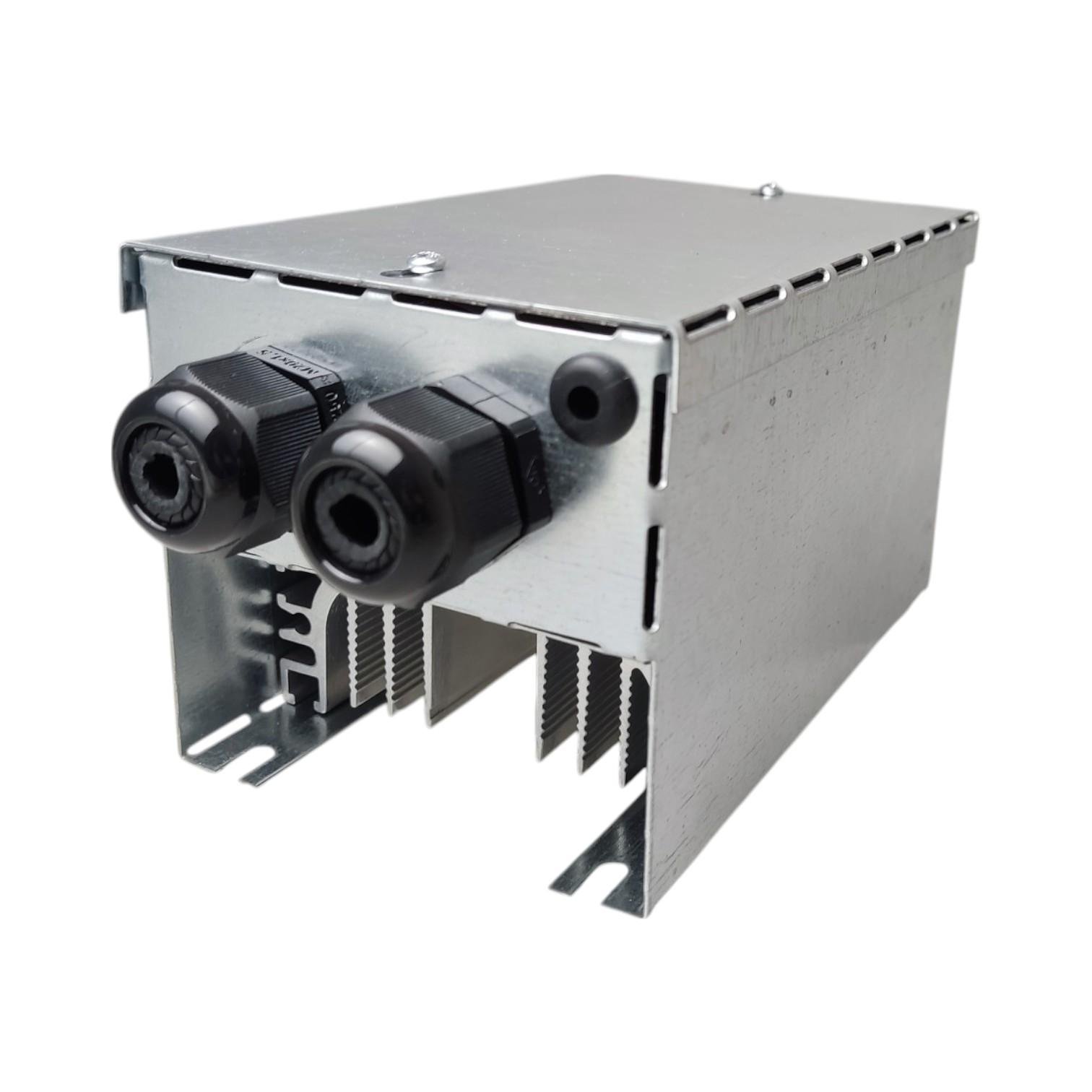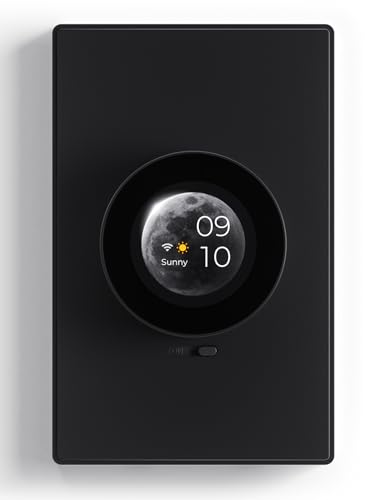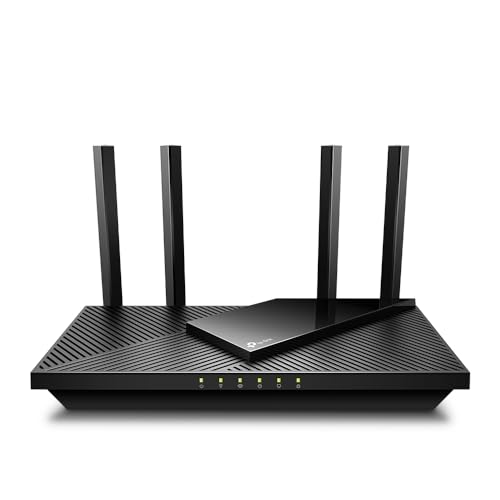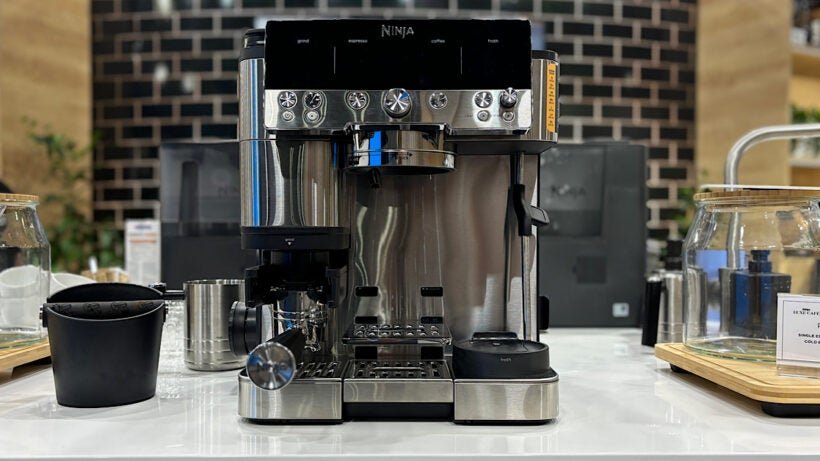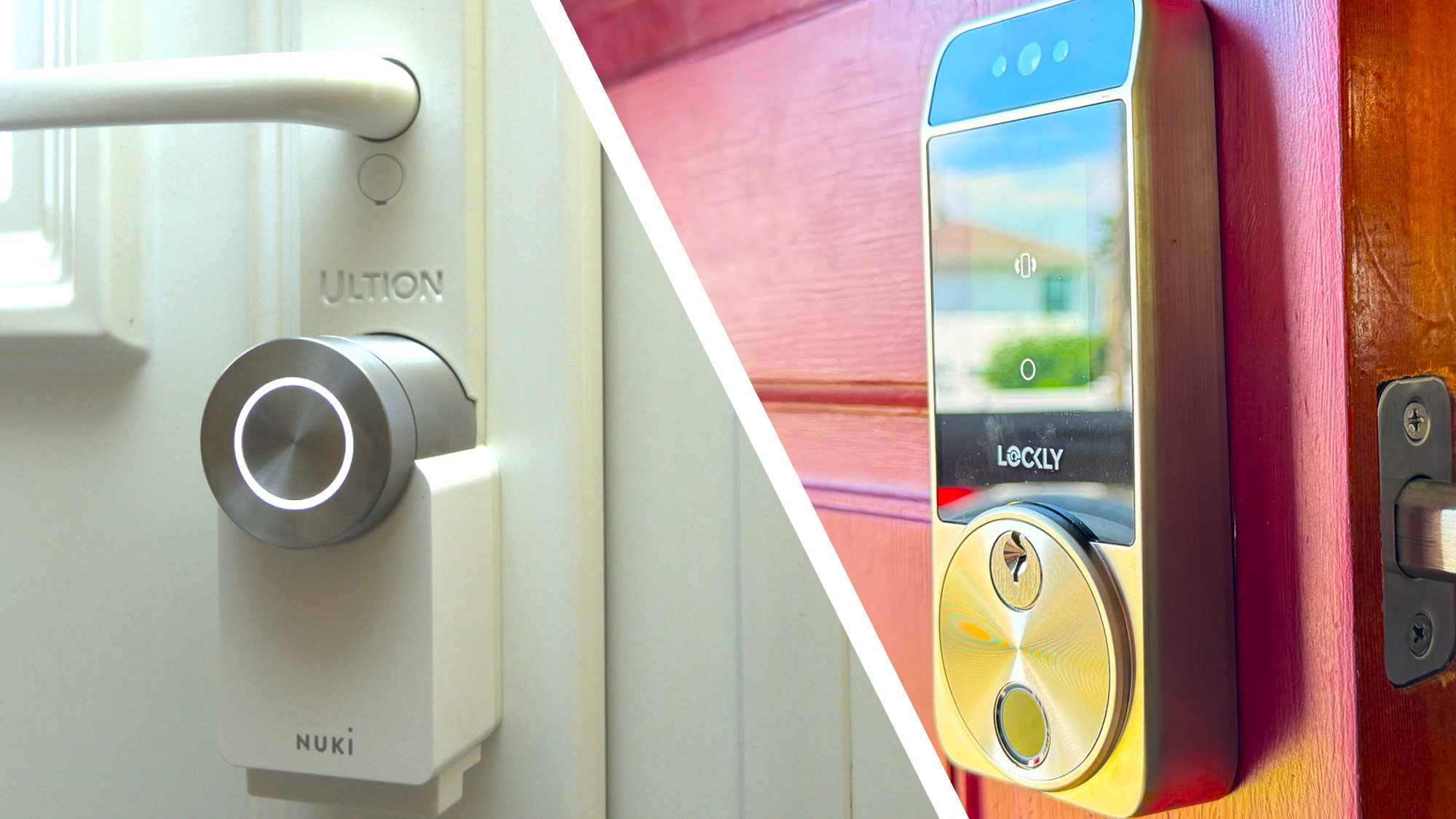Are you tired of noisy fans that blast at full speed even when they don’t need to? What if your fan could adjust itself automatically, keeping things cool without wasting energy or making a racket?
Automating fan speed control gives you that power. It means smarter cooling, lower bills, and a more comfortable space—all without you lifting a finger. You’ll discover simple ways to make your fan work smarter, not harder. Ready to take control and enjoy the perfect breeze every time?
Keep reading, because this could change the way you think about cooling forever.

Credit: sg.rs-online.com
Benefits Of Fan Speed Automation
Automating fan speed helps control airflow without manual effort. It adjusts the fan speed based on real needs.
This technology improves efficiency and comfort in many settings. It also saves energy and protects equipment.
Energy Savings
Automated fan speed reduces power use by running fans only as fast as needed. This cuts down on wasted energy.
Lower fan speeds mean less electricity consumption. This helps lower utility bills and reduces environmental impact.
- Fans run slower during low demand
- Energy use matches actual ventilation needs
- Less heat generation from motors saves cooling costs
Enhanced Equipment Lifespan
Fans that run at full speed all the time wear out faster. Automation cuts down on wear by adjusting speed.
Slower speeds reduce motor stress and heat buildup. This helps fans last longer and lowers repair costs.
- Less mechanical wear on fan parts
- Reduced motor overheating
- Lower risk of early equipment failure
Improved Comfort Levels
Fan speed automation adjusts airflow to match room conditions. This keeps air movement steady and comfortable.
It prevents strong gusts or weak airflow. People feel cooler or warmer as needed, improving indoor comfort.
- Maintains consistent air circulation
- Adapts to temperature and occupancy changes
- Reduces noise from fans running too fast

Credit: www.amazon.com
Key Components For Automation
Automating fan speed control helps save energy and improve comfort. It uses different parts to work well.
These parts include sensors, controllers, drives, and communication tools. Each plays a key role in automation.
Sensors And Controllers
Sensors measure things like temperature, pressure, and airflow. They send data to controllers.
Controllers use this data to adjust the fan speed. They keep the system running smoothly and efficiently.
- Temperature sensors detect heat changes
- Pressure sensors monitor air pressure
- Controllers process sensor data and send commands
- Programmable logic controllers (PLCs) allow custom settings
Variable Frequency Drives
Variable Frequency Drives (VFDs) control the motor speed by changing voltage and frequency. They adjust fan speed smoothly.
VFDs save energy by running fans only as fast as needed. They also reduce wear and tear on equipment.
- Control motor speed precisely
- Reduce electricity use
- Extend motor life
- Allow quiet operation
Communication Protocols
Communication protocols connect sensors, controllers, and drives. They let devices share information clearly and fast.
Common protocols include Modbus, BACnet, and Ethernet. They help systems work together in automation setups.
- Modbus is simple and widely used
- BACnet is designed for building automation
- Ethernet supports high-speed data transfer
- Protocols ensure reliable device communication
Methods To Control Fan Speed
Controlling fan speed helps save energy and reduce noise. Many devices use different ways to adjust how fast a fan spins.
This guide explains three common methods used to control fan speed in machines and electronics.
Pulse Width Modulation
Pulse Width Modulation (PWM) controls fan speed by turning power on and off quickly. The fan gets power in pulses instead of a steady flow.
The speed depends on the length of the power pulses. Longer pulses mean faster fan speed. Shorter pulses slow the fan down.
- Uses digital signals to control power
- Efficient and saves energy
- Reduces heat compared to other methods
- Common in computer cooling fans
Voltage Regulation
Voltage regulation controls fan speed by changing the voltage supplied to the fan motor. Lower voltage makes the fan spin slower.
This method is simple but can waste energy. The fan motor may heat up if voltage is too low.
- Adjusts speed by varying voltage level
- Easy to implement with simple circuits
- Less efficient than PWM
- Used in some household fans and appliances
Frequency Variation
Frequency variation controls fan speed by changing the power supply frequency. The fan motor speed changes with frequency.
This method works well with AC motors. It allows precise speed control and keeps the fan running smoothly.
- Changes frequency of the electric current
- Used in variable frequency drives (VFD)
- Common in industrial fan systems
- Offers fine control over speed

Credit: ledgrowstore.co.uk
Designing An Automated Fan System
Automated fan systems help control air flow without manual effort. They adjust fan speed based on different needs.
Designing these systems requires careful planning. You need to consider load, hardware, and system integration.
Assessing Load Requirements
Start by understanding how much load the fan must handle. Check the space size and air flow needs.
Calculate the power needed for the fan to work efficiently. Consider peak and average load conditions.
- Measure room size in cubic feet
- Determine air changes per hour needed
- Calculate fan speed based on airflow volume
- Account for any extra load from equipment or heat sources
Selecting Appropriate Hardware
Choose fans and controllers that match your load needs. Look for energy-efficient models to save power.
Select sensors that detect temperature, humidity, or air quality. These help the system adjust fan speed automatically.
- Variable speed fans for smooth control
- Reliable motor controllers for accurate adjustments
- Temperature and humidity sensors for real-time data
- Power supplies that match system voltage and current
Integration With Building Management Systems
Connect the fan system to the building management system (BMS) for centralized control. This improves monitoring.
Ensure communication protocols match between devices. Use standard protocols like BACnet or Modbus for easy integration.
- Central control of fan speeds and schedules
- Automatic alerts for maintenance needs
- Energy usage tracking and optimization
- Remote access and control options
Common Challenges And Solutions
Automating fan speed control helps keep devices cool and efficient. It adjusts speed based on temperature and system needs.
Many challenges arise when automating fan speed. This guide explains common problems and how to solve them.
Dealing With Noise And Vibration
Fans can make noise and cause vibration at high speeds. This noise can be annoying and affect user experience.
Use quality fans with balanced blades to reduce vibration. Control fan speed smoothly to lower noise during low loads.
- Choose fans with low noise ratings
- Add rubber mounts or pads to reduce vibration
- Use PWM control for gradual speed changes
- Clean fans regularly to avoid imbalance
Ensuring System Reliability
Fan failures can cause overheating and damage. Automating fan control must keep systems safe and reliable.
Use sensors to monitor temperature and fan status. Set alerts to warn about fan issues early.
- Install temperature sensors near hot parts
- Use fan speed feedback to detect failures
- Set minimum fan speed for safety
- Test fan control software regularly
Handling Environmental Factors
Dust, humidity, and temperature changes affect fan performance. Environmental factors can cause fan damage or errors.
Protect fans with filters and use controls that adapt to different conditions. Keep fan areas clean to maintain airflow.
- Use dust filters on air intakes
- Monitor humidity to prevent corrosion
- Adjust fan curves for temperature shifts
- Schedule regular cleaning of fan units
Real-world Applications
Automating fan speed control helps save energy and improve system performance. It adjusts fan speeds based on real-time needs.
This technology is used in many fields to control airflow and temperature efficiently. Here are some common examples.
Hvac Systems
HVAC systems use automated fan control to keep indoor air comfortable. The fan speed changes with temperature and air quality.
This helps reduce energy use and noise. Fans run only as fast as needed to maintain comfort.
- Adjusts fan speed based on room temperature
- Improves air circulation without wasting energy
- Reduces wear on fan motors
Industrial Ventilation
Factories use automated fans to remove fumes and dust. Fan speed changes depending on pollution levels and worker presence.
This keeps air clean and safe. It also lowers power use by not running fans at full speed all the time.
- Monitors air quality to adjust fan speed
- Ensures safe working conditions
- Reduces energy costs
Data Center Cooling
Data centers use automated fan control to cool servers. Fans speed up when equipment gets hotter and slow down when it cools.
This keeps servers safe from overheating and saves energy. It helps maintain steady temperatures efficiently.
- Adjusts fan speed based on server temperature
- Prevents equipment damage
- Improves energy efficiency in cooling
Future Trends In Fan Control
Fan speed control is changing with new technology. These changes help fans work smarter and save energy.
We will look at three key trends that shape future fan control systems and improve their performance.
Ai And Machine Learning Integration
AI lets fans learn how to adjust speed by themselves. They use data like room temperature and air quality.
Machine learning helps fans predict when to speed up or slow down. This keeps rooms comfortable and saves power.
- Improves fan speed decisions over time
- Reduces energy use by avoiding waste
- Adapts to user habits and preferences
Iot-enabled Monitoring
Fans connected to the internet can share data and be controlled remotely. This makes monitoring easier.
IoT lets users check fan status and adjust speed from phones or computers. It also helps with maintenance alerts.
- Remote control via apps or voice assistants
- Real-time data on fan performance
- Automatic alerts for repairs or cleaning
Energy Harvesting Technologies
Energy harvesting collects small amounts of power from the environment. Fans use this energy to run sensors and controls.
This reduces the need for batteries or extra wiring. It helps fans operate more efficiently and with less maintenance.
- Uses energy from light, heat, or motion
- Supports wireless sensor operation
- Decreases power costs and waste
Frequently Asked Questions
What Is The Purpose Of Automating Fan Speed Control?
Automating fan speed control optimizes airflow based on temperature or environment. It improves energy efficiency and reduces noise. This ensures comfort and extends fan lifespan by preventing overuse.
How Does Automated Fan Speed Control Work?
Automated fan speed control uses sensors to detect temperature or humidity changes. It adjusts the fan speed accordingly via a controller or microcontroller. This process maintains optimal conditions without manual intervention.
What Are Common Methods For Automating Fan Speed?
Common methods include PWM (Pulse Width Modulation), thermostats, and microcontrollers. These methods regulate voltage or signal to control fan speed efficiently. Each offers precise control for different applications.
Can Automated Fan Speed Save Energy Costs?
Yes, automated fan speed reduces energy consumption by running fans only as needed. It prevents overuse and lowers electricity bills. This also minimizes wear and extends equipment life.
Conclusion
Automating fan speed control boosts comfort and energy efficiency. It ensures consistent airflow. This technology adapts to your needs. Enjoy a quieter, cooler environment. No more manual adjustments needed. It saves time and effort. Reduces electricity bills. Enhances device lifespan through optimal operation.
Easy to implement with modern solutions. Perfect for home and office use. Embrace the smart way of living. Experience the benefits of automation today.
18 min read

